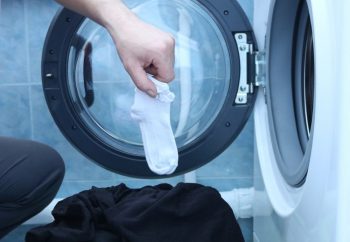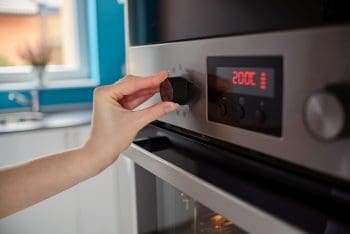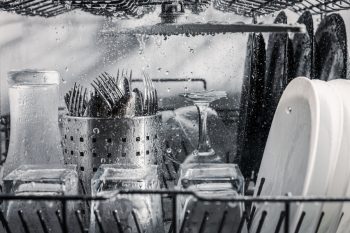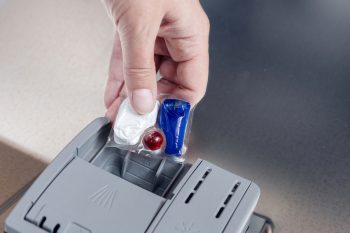
In this comprehensive guide, we will walk you through the process of draining a GE dishwasher with a knob. This step-by-step guide is designed to help you understand the procedure, troubleshoot common issues, and maintain your dishwasher’s optimal performance.
Table of Contents
- Initial Steps to Take Before Draining
- Required Tools and Materials
- Safely Accessing the Dishwasher Parts
- Draining a GE Dishwasher with a Knob
- Potential Issues and Complications
- Safety Measures During the Procedure
- Maintenance Tips for Optimal Performance
- Benefits of Professional Assistance
To drain a GE dishwasher with a knob, first ensure the dishwasher is turned off and unplugged. Open the dishwasher door and remove any dishes or utensils. Locate the control dial on the dishwasher control panel and slowly turn the dial until you reach a drain period. Close and latch the dishwasher door, plug the dishwasher back into the power source, and turn it on.
Initial Steps to Take Before Draining
Before starting the drainage process, follow these steps:
- Disconnect the dishwasher from the power source for safety.
- Check the air gap, if installed, and clean out any build-up of debris.
- Inspect the drain hose that connects the dishwasher to the sink drain. Ensure that it is properly connected and free of any blockages.
- Check the filter and sump for debris that might be obstructing the drainage process.
- Have a bucket or towel ready to catch any wastewater.
Required Tools and Materials
To drain a GE dishwasher with a knob, you will need:
- A bucket or container
- Towels or rags
- Screwdriver
- Pliers or wrench
- Replacement parts (if necessary)
Safely Accessing the Dishwasher Parts
To safely access the parts of a GE dishwasher needed for the drainage process:
- Disconnect the power
- Remove the bottom rack
- Locate and clean the filter
- Check the drain hose
- Inspect the drain pump
- Reassemble the dishwasher and restore power
Draining a GE Dishwasher with a Knob
To drain a GE dishwasher:
- Ensure the dishwasher is turned off and unplugged.
- Open the dishwasher door and remove any dishes or utensils.
- Locate the control dial on the dishwasher control panel.
- Slowly turn the dial until you reach a drain period.
- Close and latch the dishwasher door.
- Plug the dishwasher back into the power source and turn it on.
Potential Issues and Complications
Several potential issues or complications might occur while draining a GE dishwasher with a knob:
- Clogged filter
- Blocked drain hose
- Air gap issues
- Garbage disposal clog
- Drain pump malfunction
Safety Measures During the Procedure
To safely drain a GE dishwasher with a knob, always:
- Disconnect the power supply
- Close and latch the dishwasher door
- Turn the control dial slowly
- Check for blockages
- Reconnect the power supply
Maintenance Tips for Optimal Performance
To ensure optimal performance of your GE dishwasher with a knob, maintain proper water temperature and pressure, select the appropriate wash cycle, and regularly check and clean the dishwasher drain and inspect the drain hose.
Benefits of Professional Assistance
While a non-professional can drain a GE dishwasher with a knob, hiring a professional can save time, effort and potential complications. They offer safety, efficiency, proper equipment, preventative maintenance, insurance, and compliance with permits and codes.
Remember, always exercise caution when working with appliances. If you’re unsure about any step or need further assistance, consult a qualified technician.
Frequently Asked Questions
What is an air gap and why is it important in a dishwasher?
An air gap is a device typically installed in the drain line of the dishwasher to prevent backflow of water into the machine. It’s important because it keeps the dishwasher’s drain water from re-entering the appliance, which could lead to contamination.
How often should I clean the filter of my GE dishwasher?
The frequency of cleaning your dishwasher’s filter depends on how often you use your dishwasher and the type of dishes you wash. However, as a general rule, it’s best to clean the filter once a month to ensure optimal performance.
How can I identify a drain period on the control dial of my GE dishwasher?
The drain period on the control dial of your GE dishwasher is usually indicated by a specific symbol or word. If you’re unsure, consult your dishwasher’s manual for specific instructions.
What should I do if there’s a blockage in the drain hose of my dishwasher?
If there’s a blockage in the drain hose of your dishwasher, you may need to disconnect the hose and clean it out. If the blockage persists or if you’re uncomfortable performing this task, consider hiring a professional.
Why is it important to maintain proper water temperature in my dishwasher?
Maintaining proper water temperature in your dishwasher is important for efficient cleaning. The heat helps to dissolve grease and sanitize your dishes. Most dishwashers are designed to operate at a water temperature of around 120°F (49°C).












